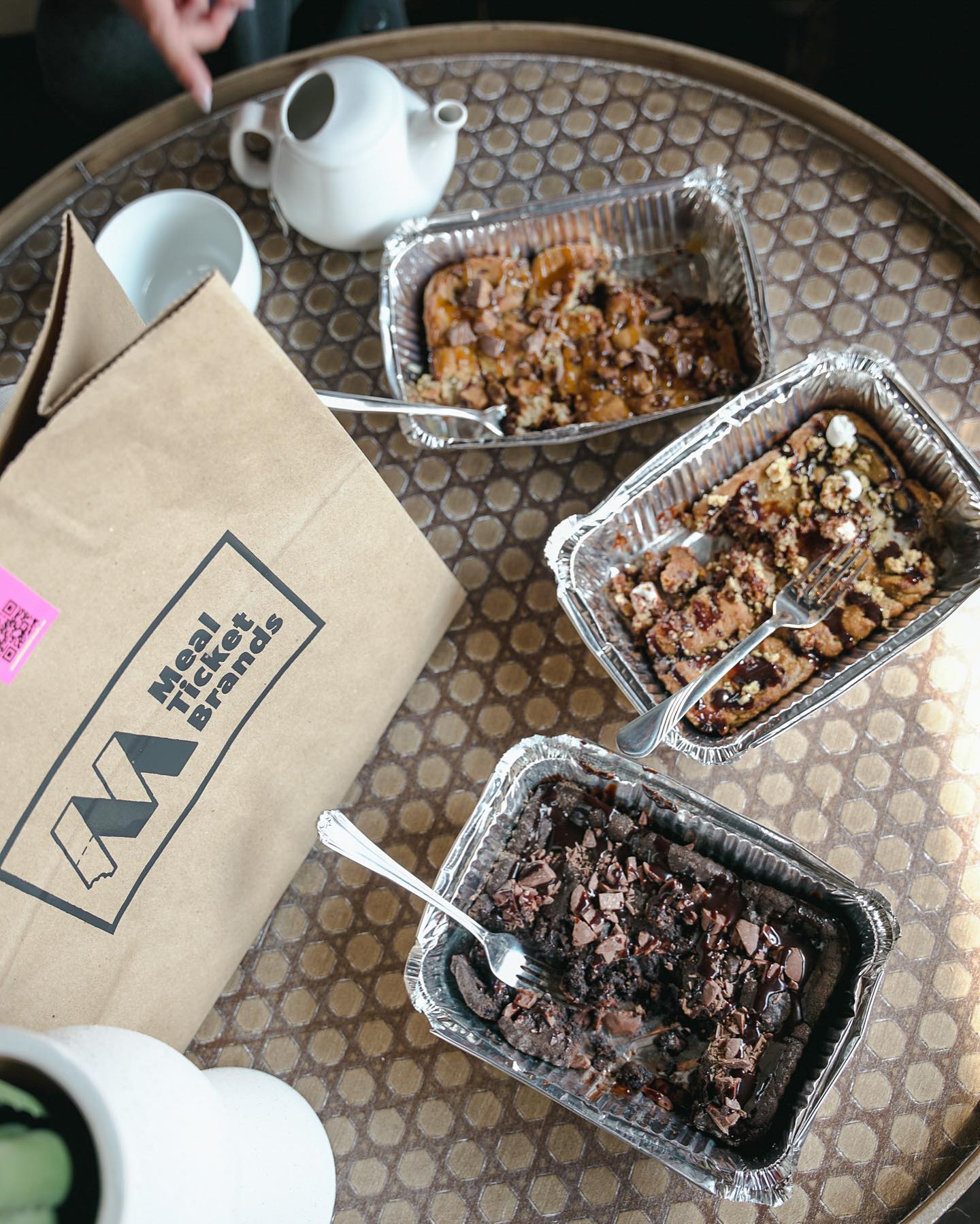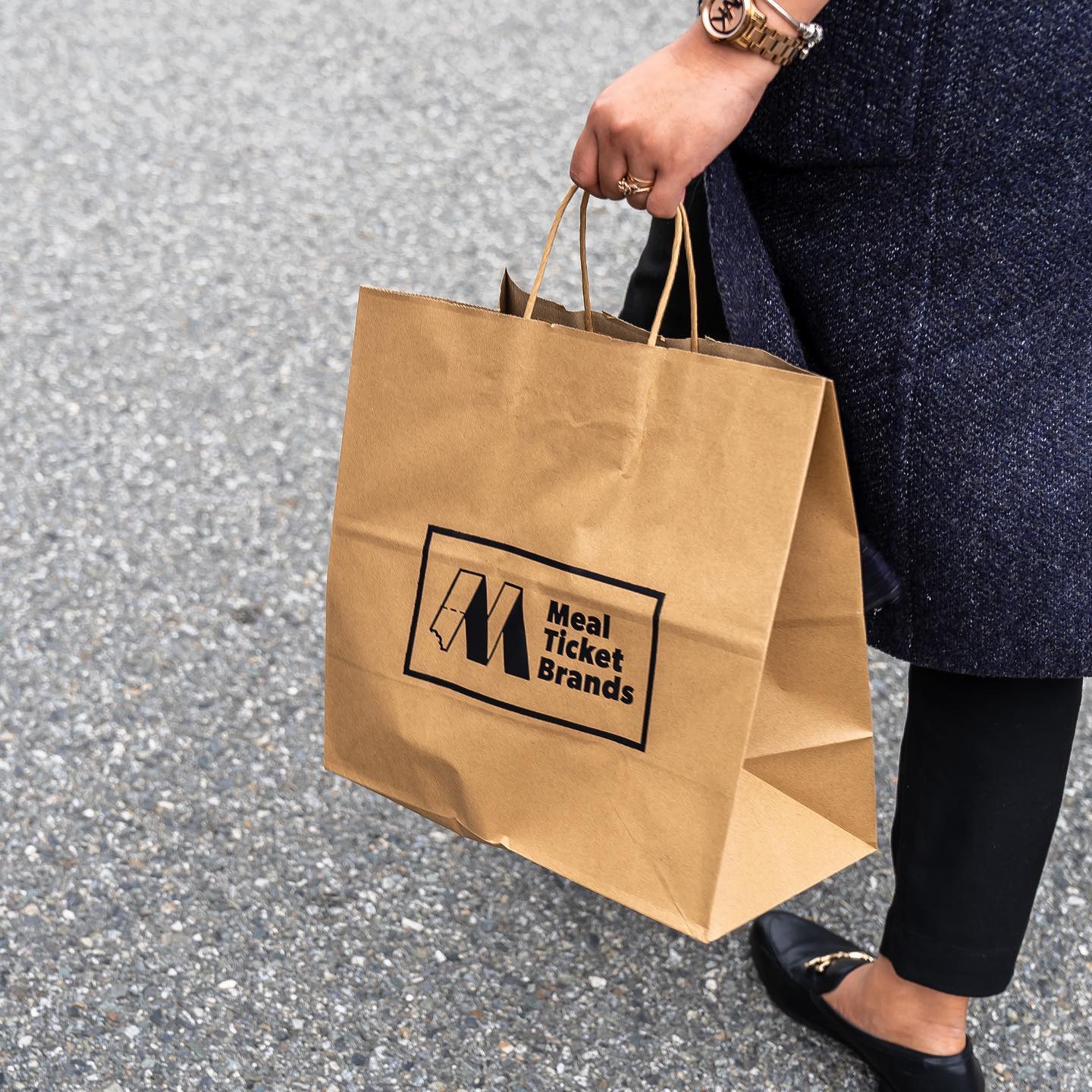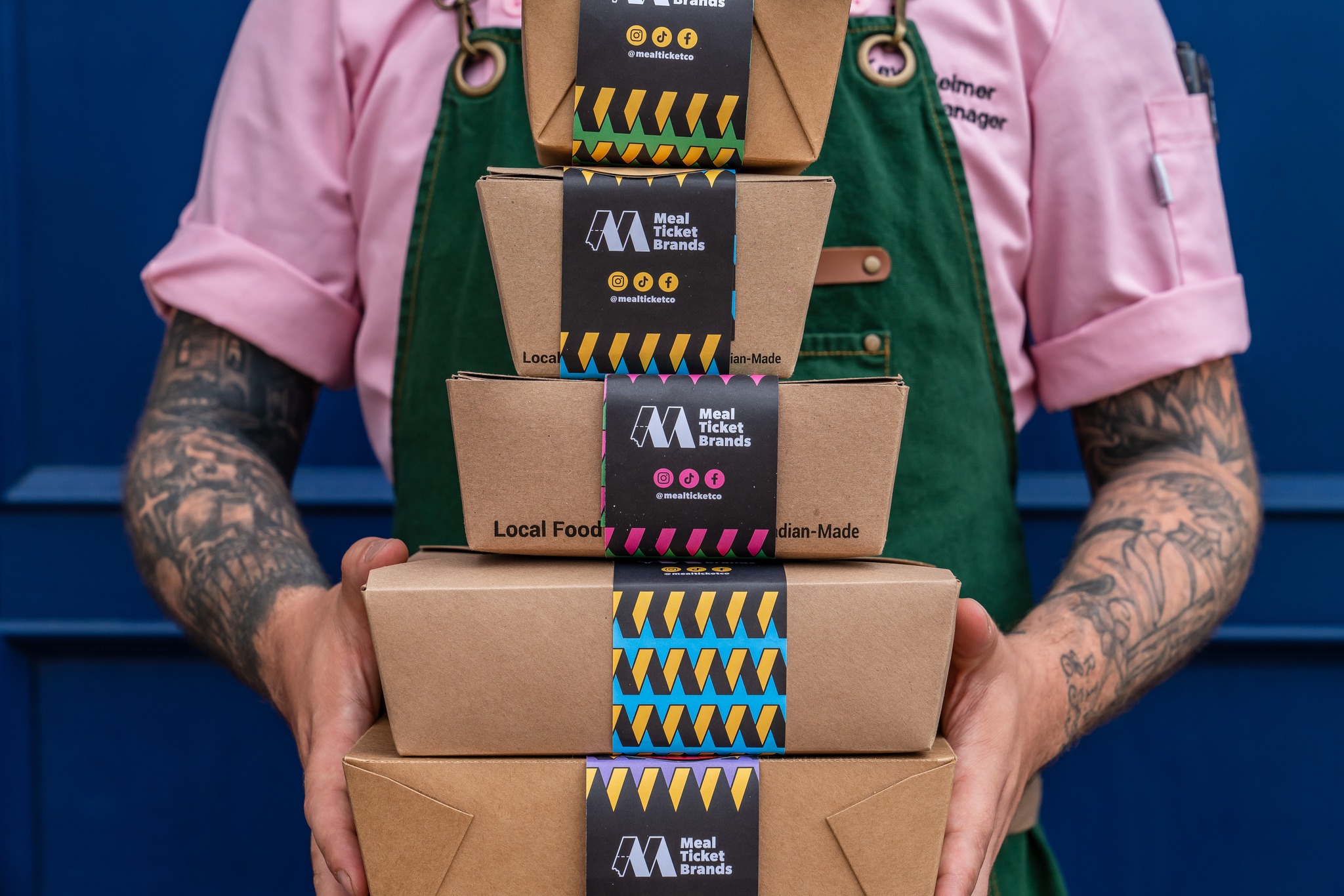Cooking Up Success: Meal Ticket Brands’ Innovative Approach to Hospitality
Written by Jason Apple, Director of Growth & Brand Development at Meal Ticket Brands
There’s no doubt that the last few years have been a challenge – especially for the hospitality industry. But from such a time of challenge has also come a time for innovation and growth. We’ve seen the success of food delivery apps, restaurants pivoting to provide an online market for customers, and the coolest of them all, virtual restaurants and ghost kitchens.
In the restaurant industry, customer experience is everything, and in a time before the year 2020, aspects such as ambiance, service, and food were what mattered most. Good hospitality has a significant influence on both guest loyalty and restaurant revenue. But in a food world gone virtual, how can a restaurant continue to provide excellent hospitality to its guests?
A few years ago, a B.C.-based restaurant group known as the Joseph Richard Group took a step into the world of virtual restaurants and ghost kitchens and launched Meal Ticket Brands. This company has mastered the hospitality game by pairing all the elements that make restaurants successful and curating them in one place for a direct-to-consumer delivery experience. With a few years of success behind them, we’ll explore the factors that have driven Meal Ticket Brands’ success in the virtual restaurant industry and the key takeaways.
What is a Virtual Restaurant?
A virtual restaurant is a restaurant that operates digitally. The entire process, from ordering to payment, is online.
What is a Ghost Kitchen?
An established restaurant with no dine-in experience for guests. These restaurants run on a delivery-only basis and don’t have a storefront. In other words, they are just a kitchen where orders are prepared and distributed from.
How Does Meal Ticket Brands Work?
Meal Ticket Brands has created a portfolio of virtual restaurant concepts designed to use existing staff and kitchen equipment. With this concept, there are no huge start-up costs, and most Meal Ticket Brands’ partners only require general equipment already found in their kitchens.

What's Working Well
Strategic Development of Brands and Concepts: In any industry, it’s essential to be strategic so you can work smarter, not harder. When creating virtual restaurant brands, it’s important to consider what most restaurants already have and don’t. Aligning the right brands and concepts with restaurants can help streamline the launch process. Some of the advantages of this approach include having staff that is already familiar with the products, which will, in turn, lead to fewer training requirements and more control over the cost of goods.
Benefits
Easy Expansion: Having multiple compatible concepts allows for easy expansion, which means new brands can be introduced with minimal hassle as long as the restaurant partner can handle more orders. This flexibility enables restaurant partners to launch with as many brands as they want and add more to their portfolio as they see fit. This leads to restaurant partners reaching a more extensive customer base with various options, increasing day-to-day sales and overall profit margins.
Increase in Revenue: Many restaurant partners are making money and increasing their profits by adding virtual brands or concepts to their daily operations. Restaurants want to stay busy to make money, and introducing a ghost kitchen to your daily operation can do just that. Meal Ticket Brands is committed to bringing the best to their partners in culinary, virtually, wherever they are. To ensure profits are increasing, it’s vital to regularly assess the cost of goods and compare market prices to pair these with promotional strategies for your virtual restaurants.

Key Takeaways
There Is No “I” In Team: Adding a virtual brand to your operations will inevitably add to the workload of your business. Ensuring your restaurant is adequately staffed and trained is critical to great hospitality. This ensures that enough prep is done, menu items are executed properly and efficiently, and no one feels overwhelmed or overworked.
Optimizing for Delivery Services: It’s critical to remember that when operating a ghost kitchen, the customer isn’t consuming their meal right after it is cooked. Ensuring that the customer receives the best possible food quality while considering the delivery time is crucial.
Quality Over Publicity: No matter how much publicity you generate for your restaurant, if there is no quality control and the customers aren’t satisfied with their orders, you will not generate any repeat business. Make sure to focus on the execution of the menus so that they meet the customer’s expectations. This also touches on recognizing the capacity of your kitchen. While kitchen partners can add as many concepts to their operations as they’d like, adding so many that your restaurant can’t handle the demand won’t be beneficial.
People, Procedure, & Technology: The most crucial aspects of the virtual restaurant industry are people, procedures and technology. All three must work together for success.
- People: All restaurant staff, from owners to cooks, must understand the value of adding virtual brands to their operations. If they do not understand the value, then they won’t be able to embrace the new challenge or reap the benefits.
- Procedure: Ensuring that you’re detailed and meticulous in the development process is critical. This starts with developing menus that align with existing procedures in your kitchen and utilize similar ingredients. Next comes the detailed creation of prep, cook, and packing guides. The final step in creating an efficient procedure is to develop a list of troubleshooting solutions. The idea here is that if someone brand new walked into your kitchen, they could execute any dish just by using the guides. This helps set your staff up for success as everyone will be well trained, especially in the busier season.
- Technology: In today’s modern age, technology will be your best friend. Technology can be crucial in the training aspects of running a virtual restaurant and the execution. Make use of technology when training and make it an ongoing process. Portals with informational videos, written PDFs, and product quizzes will ensure your employees’ training is always up to standard. The easy thing with technology is that you can continuously add to it and check the progress of each individual. When executing, ensure that you have rolled out an order aggregation system. This allows your brand to be active on multiple platforms, such as Skip the Dishes, Doordash and Uber Eats, without requiring individual tablets for each. This helps with order efficiency and lessens the chance of confusion when multiple orders are coming at once.

While the virtual restaurant industry is still relatively new, it’s proven to be an exciting market where restaurants can capitalize on their creativity, adaptability and collaboration. Restaurant owners and entrepreneurs can leverage the insights shared in this article to navigate virtual brands and ghost kitchens. When incorporated properly, virtual restaurants can thrive in an established setting if they are willing to adapt. Those willing to adapt and accept the challenge will be met with a larger customer base and increased profit margins. With all the tools and ingredients already in your kitchen, what’s stopping you from starting?

